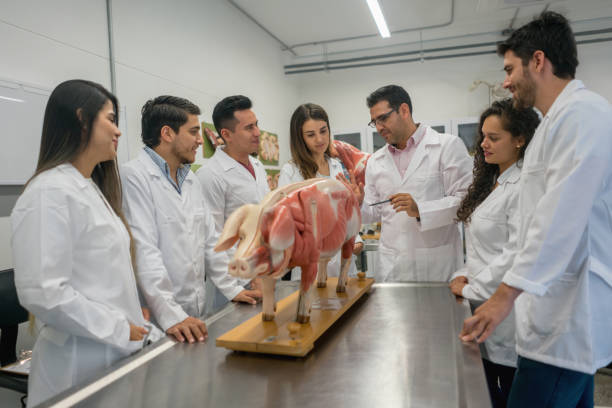1. Understanding the Mouse Skeletal System
Mice have an endoskeleton made up of bones, just like humans. Their skeletal structure includes a skull, spine, ribs, limbs, and a long tail composed of many small vertebrae. This framework gives their body shape, protects vital organs, and allows for precise movement.
Despite their tiny size, mice have over 200 bones in their body. Their skeletal system is lightweight but strong, allowing them to be agile and fast. The bones are connected with muscles and joints, giving mice their characteristic flexibility and range of motion.
2. How Many Bones Do Mice Have?
On average, a mouse has around 225 bones, though this number can vary slightly depending on the species. This bone count includes the skull, vertebrae, ribs, leg bones, and the many tiny bones found in their tails and paws.
Interestingly, the number of bones in a mouse is not drastically different from that of a human. The difference lies more in the size and proportion of the bones rather than the overall count. This complex structure supports their daily activities like climbing, digging, and burrowing.
3. Why Do Mice Seem Boneless?
The myth that mice don’t have bones likely comes from their ability to squeeze through incredibly small gaps. Mice can flatten their bodies and slip through openings as small as a dime, which makes it appear as if they are boneless.
However, the reality is that mice have very flexible skeletons and cartilage-rich joints. Their small bones are pliable, and the structure of their rib cage allows them to compress their bodies without damage. This flexibility is a survival advantage in the wild.
4. Structure and Function of Mouse Bones
The bones of a mouse are thin but highly efficient in design. The skull protects the brain, while the spine supports the body and facilitates movement. Limb bones are adapted for speed and agility, and the tail provides balance and thermoregulation.
Mouse bones are composed of calcium and other minerals, just like in larger animals. The marrow inside their bones is responsible for producing blood cells, playing an essential role in their immune and circulatory systems.
5. Mouse Skull and Dental Structure
The skull of a mouse is relatively large compared to its body and houses a strong jaw and large front incisors. These teeth are part of the skeletal system and grow continuously throughout their lives, which is why mice are always gnawing.
The structure of the skull also includes large eye sockets and a braincase. These features are adapted for their nocturnal lifestyle, with the skull protecting both their sharp senses and cognitive functions.
6. Vertebrae and Spinal Column in Mice
The mouse spine is made up of small vertebrae that allow it to be both supportive and flexible. Their vertebral column includes cervical, thoracic, lumbar, sacral, and caudal (tail) regions, just like in other mammals.
These vertebrae play a critical role in movement and agility. The tail vertebrae are especially numerous and form a highly mobile tail, which aids in balance when climbing or navigating narrow surfaces.
7. Mouse Limbs and Mobility
Mice have four limbs, each with small but strong bones. Their front limbs are used for grasping food and digging, while the hind limbs provide power for jumping and running. The limb bones are connected by flexible joints that offer a wide range of motion.
The paws of a mouse have small digits equipped with claws. These are supported by phalanges and metacarpals or metatarsals, depending on whether they are front or back limbs. This skeletal structure makes them excellent climbers and escape artists.
8. Tail Bones and Their Role
The mouse tail contains up to 23 vertebrae, making it a major part of their skeletal system. These tail bones are not just for show — they provide crucial functions, including balance, thermoregulation, and communication with other mice.
The tail also helps mice navigate tight spaces and maintain balance while moving quickly. The flexibility and muscular control of the tail are supported by its bony core, making it one of the most versatile parts of the mouse’s anatomy.
9. Bone Growth and Development in Mice
Mice, like other mammals, start their lives with cartilage that slowly ossifies into bone. Their bones grow rapidly in the first weeks of life, which is why young mice are especially active and exploratory.
The process of bone development in mice is similar to humans, making them valuable models in medical and genetic research. Studying how their bones form and heal has helped scientists understand diseases like osteoporosis and arthritis.
10. Can Mice Suffer Bone Injuries?
Yes, mice can suffer from broken bones, fractures, and bone diseases. Although their bones are small, they can still be damaged through falls, fights, or improper handling. In captivity, it’s important to provide a safe environment to prevent injury.
Bone health is essential for a mouse’s mobility and overall well-being. Nutritional deficiencies, such as low calcium or vitamin D, can lead to brittle bones. In research and pet care settings, maintaining skeletal health is a top priority.


